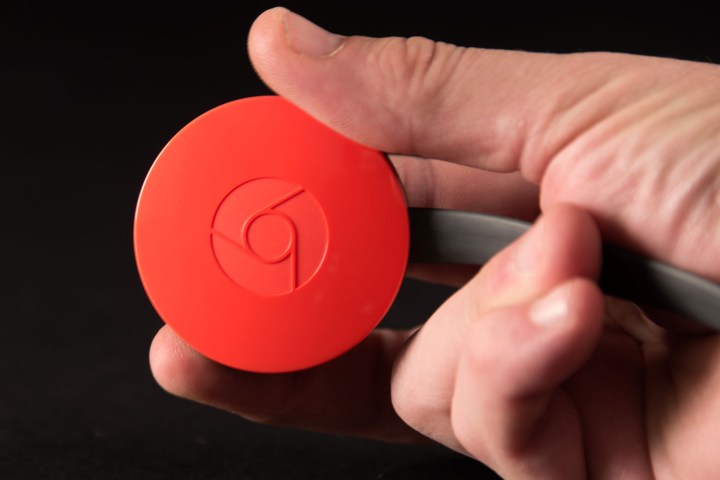
Users can now begin casting video by right-clicking a tab in Chrome and selecting Cast, according to a report from Ars Technica. This should make the hardware even more accessible to tech novices, which is an important element of Google’s attempt to infiltrate the living room.
The latest version of the Chrome browser also removes some of the legwork expected from users when streaming a video. Previously, users had to make tweaks to settings like bit rate, video quality. and resolution, but now that’s all taken care of automatically by the software.
Looking further forward, it seems that version 52 of Chrome will add even more functionality for anyone eager to use their browser to stream video. The next update will reportedly add the ability to share content to a Google Hangout directly from Chrome — although there seems to be a bit of legwork involved.
Users will have to make some changes to their Cloud Services preferences, which determine how much access to your Google account the browser is given. To get ready for the new functionality in version 52, you’ll need to be using Chrome while logged into your account, and have “Enable Cloud Services” checked in your settings.
However, there’s no timeline on when version 52 will be made available. Version 51, on the other hand, is being distributed now — if you don’t have access to the Cast command just yet, it should be rolled out to your browser sooner rather than later.
Editors' Recommendations
- A $20 Chromecast with Google TV is perfect for this one reason
- Google’s Incognito Mode is in trouble
- There’s only one streaming device that lets you escape ads
- Google is expanding Fast Pair, casting to more devices
- You Asked: how to turn off motion smoothing; Disney+ Atmos issues on Chromecast

